![]() Windy
Windy
 WeChat
WeChat
 WhatsApp
WhatsApp
Click:461 seen
Infantry Sabres Of European And American Countries
There are many styles of European and American infantry swords. If a collector wants to collect infantry swords, even in a historical stage of a country, he can collect them for a lifetime. From the history of infantry, the infantry knife can be traced back to thousands of years ago. When people first discovered and began to use copper and iron to make strong blades, infantry swords appeared at that time.
The earliest infantrymen usually used swords as their second weapons. The first weapons were long weapons such as spears and halberds, which were more conducive to attack. However, swords were often short and wide, similar to ancient Roman sabres. For example, the early Greeks liked to use a single blade short sword, which was mainly used for close combat, close combat and melee with the enemy.
In the Middle Ages, the swords used by infantry and cavalry were very similar. They were long and wide double-edged swords. We should know that many soldiers at that time did not have swords. Because swords were expensive to make, most soldiers' weapons were axes, sticks, spears, etc. It can be said that only infantrymen of nearly three hundred years can be called formal and standardized infantrymen.
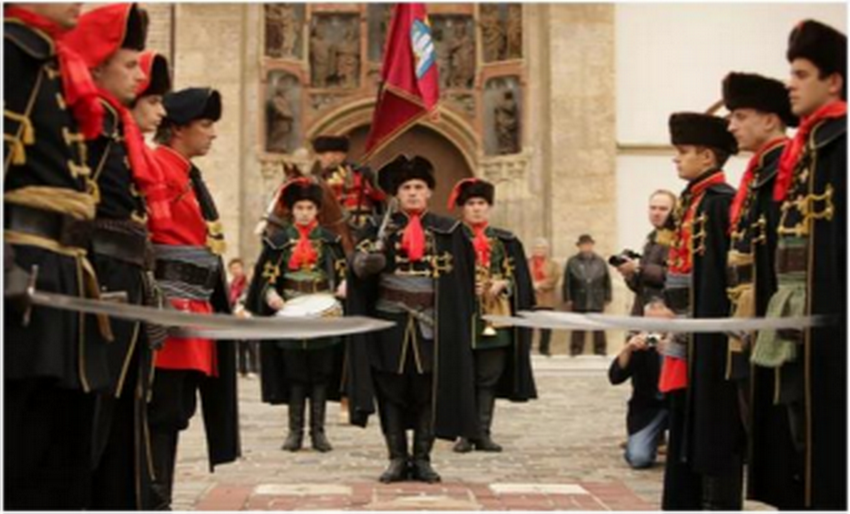
In the history of weapons all over the world, medieval weapons in Europe played an important role. They witnessed the rise and fall of European countries for hundreds of years, and were also the most indispensable existence in various wars. From can easily break the enemy skull. With the help of many weapons, the battlefields in medieval Europe were very cruel, from the four pieces dedicated to piercing the lock armor to the long handled sword with great lethality.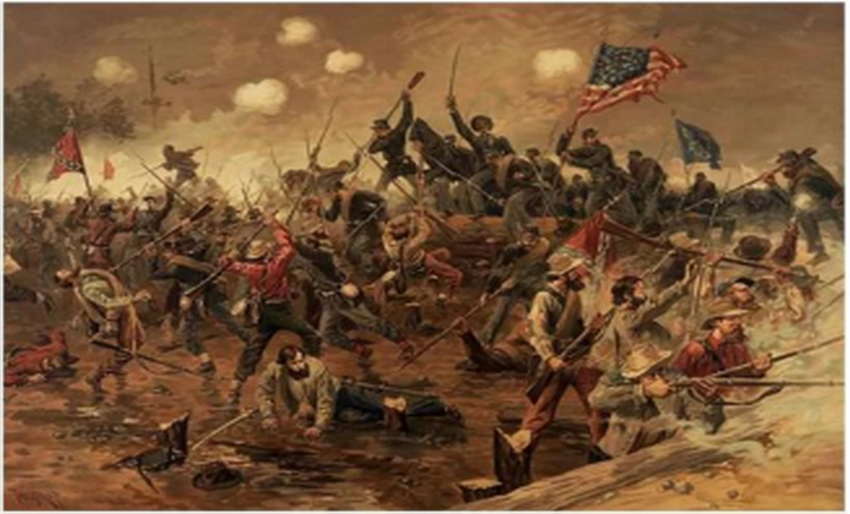
British infantry knife
In the 17th century, British infantry used the simplest short sword with three brass bars. The end of the handle was decorated with a ball. The handle was also made of brass and had a ridge. The blade was flat. The scabbard was made of black leather and was pasted with brass. Later, most of these infantry short swords were handed over to local militia for use. However, for quite a long time, the British infantry had never used a formal and unified infantry knife.
It was not until 1786 that a formal infantry knife appeared, which was called the first British infantry knife. It was designed according to the requirements of King George III of England at that time. It was mainly of thorn type, with a length of 81 cm and a width of 2.5 cm. The armguard was made of steel, and was plated with silver or gold according to the color of buttons on the user's clothing. The guard of the knife is connected by five balls. The handle is usually made of ox horn or ivory. There is a decorative ring on the handle. Some are engraved with crown figures, and some are engraved with GR letters or troop numbers. The body of this infantry knife is usually not carved, but the body used by a few senior officers is carved with patterns. Due to the large production, many of these infantry knives still exist.
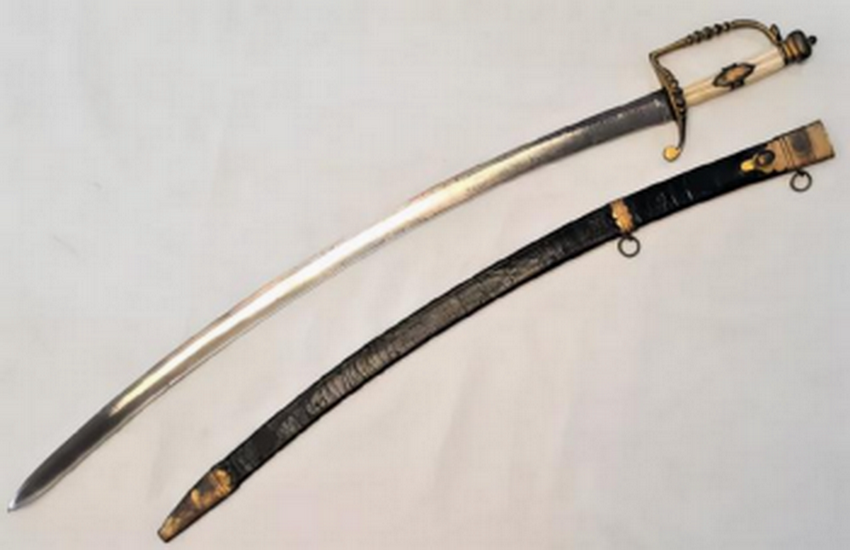
After 1796, this kind of infantry sword was improved to become the sword of royal officers. Many collectors generally believe that the idea of this infantry knife should come from the Prussian infantry dagger in 1750. Of course, compared with some fierce swords in the past, this kind of infantry sword seems to be relatively soft, but at that time, people's pursuit of beauty exceeded their pursuit of practicality. The armguard of this style infantry knife is a simple D-shape or stirrup shape, the handle is wrapped with silver steel wire, the body is made of patterns with burnt blue or gold plating, and some royal symbols are engraved on it.
The British have always preferred light cavalry. The infantry officer's knife designed in 1803 came from the design of light cavalry knife. The blade is curved, with a single blade, burning blue and gold plated patterns. The D-shaped armguard is plated with brass, the tail of the handle is a lion's head sculpture, and the armguard is engraved with the letters "GR" and the crown.
If there is a trumpet figure carved on the crown, it is for the use of long lance infantry officers; If there is a grenade pattern engraved on the crown, it is used by howitzer infantry officers. Interestingly, this sabre looks like a cavalry sabre, but because it is not long enough, it can only be used by infantry. In 1796 and 1803, the infantry command knife was used until 1822, when it was replaced by a new style. The guard of this new infantry commanding knife is brass plated and half basket shaped, with Goethe style carving and the symbol of the king at that time.
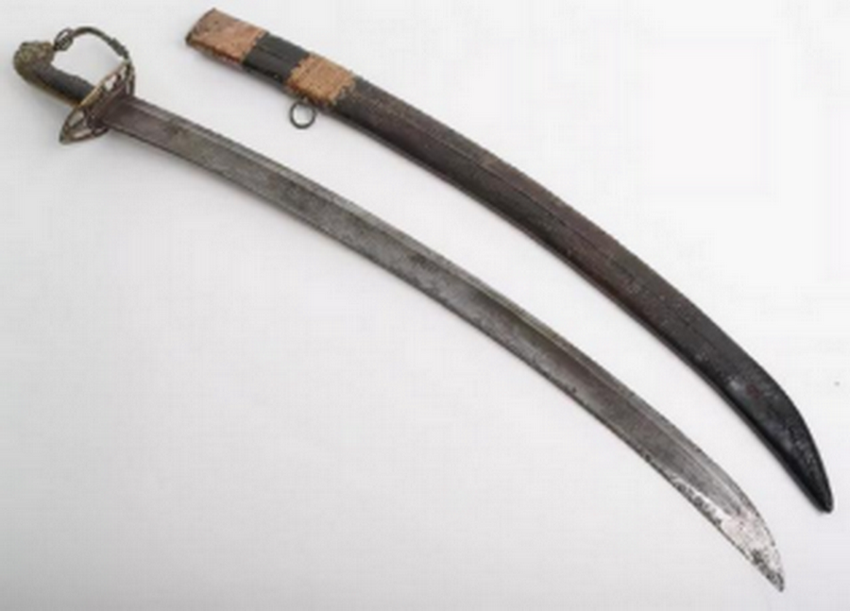
After 1840, people no longer liked to gild and burn blue on the blade. In 1845, the guard and blade were improved. In 1892, the British infantry knife was changed into a straight blade, mainly stab type, and a new type of armguard was redesigned. The armguard is a half basket shaped steel plate, which is engraved with the crown and the symbol of the king. In 1895 and 1897, the armguard part was changed again, the whole steel sheet was cut into patterns, and some carving decorations, as well as the crown and the king's logo were added.
French Infantry Sabre
Compared with its neighboring countries, France has the most types of infantry sabres. Because the French attach great importance to the distinction of grades, they use different swords at different levels in the army. After the French Revolution, a lot of infantry swords appeared. The tails of these swords are generally decorated with sculptures of knight helmets, armguards made of brass in the form of half baskets, and are engraved with various symbols.
During the Napoleonic War, there was an ordinary infantry knife with a slightly curved body and a single blade. The guard was made of brass and the scabbard was made of leather and brass. It was widely used in the army at that time and was imitated by many European countries. From 1800 to 1850, many countries and armies used this infantry knife. At the beginning of the 18th century, a very special infantry knife appeared. This kind of knife has a wide leaf shaped blade and its handle is made of brass. In 1816 and 1833, there appeared a kind of Damascus steel hand forged by army artillery officers, which is very similar to the ancient Roman sabre. Due to its large production volume and beautiful appearance, its texture is a little like cabbage, commonly known as "cabbage sword", which is called a kitchen knife by collectors.

In the late 19th century, due to the widespread use of long guns and bayonets, few soldiers could have an infantry knife. The officers will wear a small straight sword, and the decoration is very beautiful, especially the armguard and handle parts, which usually have gold plating, copper plating and various carvings, while the blade also has gold plating, burnt blue and various patterns. This style lasted until the Napoleonic War, and influenced the design and production of other swords, including the slightly curved light cavalry sword. In France at that time, no one stipulated what kind of sword could be made or could not be made, but what they wanted to do.
The design of the infantry command knife in 1821 and 1845 is very different from that of the previous infantry knife. The 1821 style has a delicate and beautiful brass horizontal bar guard and a slightly curved single blade blade. The handle is made of horn. There are many carvings on the armguard of the 1845 style. The blade is slightly straight, and the scabbard is made of leather and brass. These two styles are made to a high standard, usually with the manufacturer's name engraved on the bottom of the blade. The 1855 style was more common, but it lasted until 1882. The new style changed the armguard to be made of all steel, and it continued to be used until 1923. In the re emerging style, the armguard is a copper plated shallow bowl with a horizontal bar, and the shallow bowl shaped armguard is cut into leaf patterns, which can be said to be a very beautiful infantry knife style.

German infantry knife
Germany in the 18th and 19th centuries generally used the most popular sword in Europe. From the mid-17th century, Germany used a short sword with a brass guard, which was popular among British and French infantry. This kind of Prussian short sword is also engraved with the army symbol.
In 1818, Germany produced a large number of short swords similar to those of France, but the styles of short swords produced by different states were different. This kind of short swords was used until the late 19th century, and later it was changed into decorative sabres, especially in 1860 and 1871. The different marks on the sword represent different levels of officers. The command of German infantry officers in 1800 is very similar to that of British infantry officers in 1796. In fact, the British imitated the design of the Prussian infantry knife in 1750. The guard of this kind of knife has French style. The body is usually decorated with gold plating and burnt blue, and engraved with various patterns, including the royal logo.
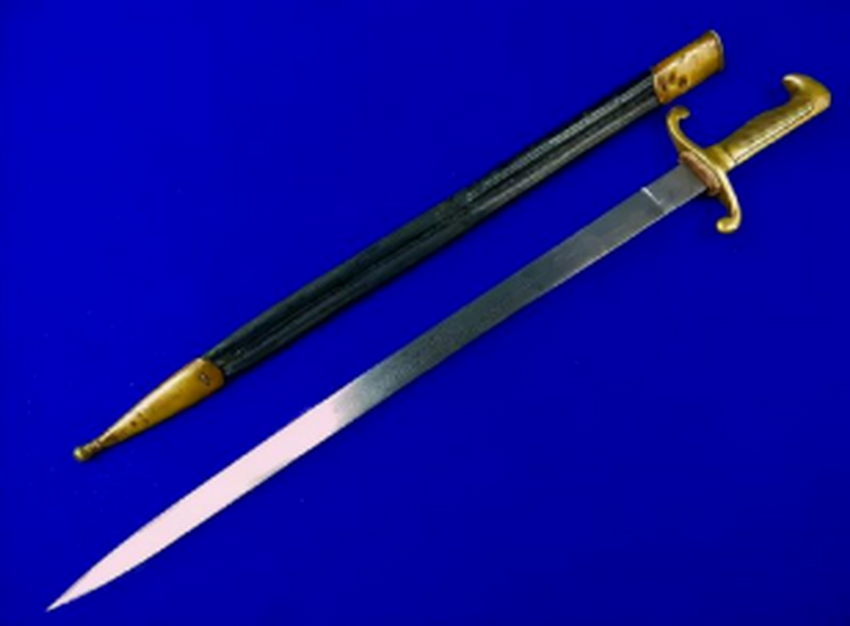
Because there was no uniform standard for the design of this kind of knife at that time, the infantry knives produced in German states were also different. The infantry officer's commanding knife in 1867 had a brass plated armguard, much like the French and Russian infantry knives at that time. It was not until 1889 that a unified standard infantry command knife appeared in Germany. This knife had a straight single blade, its guard was plated with brass, and it was engraved with the symbols of different states. The handle was wrapped in fish skin and wound with silver steel wire or copper wire. The scabbard was usually made of steel.
By the late 19th century, infantry and artillery officers began to wear a D-shaped or stirrup shaped command knife. At the bottom of the handle was usually a lion's head sculpture. Many lion's eyes were inlaid with rubies or emeralds. The guard of the knife would be engraved with the symbol of the army, like the artillery would usually be engraved with the design of two guns. The body of this kind of command Dao is very different in decoration. From the most ordinary to the most gorgeous, either complicated or simple represents the different identities of the owner. It can be said that this Dao is a prominent representative of modern German decorative swords.
Austrian Infantry Sabre
The style of the Austrian infantry officer's knife in the 18th century is the same as that of Britain and Germany at that time, both of which are short swords. This kind of dagger has a brass boat shaped armguard, straight body, double blade, and the blade is usually engraved with a double headed eagle and the letters representing the royal family.
In Napoleon's time, Austrian infantry officers also used many different swords popular in Europe, including broadsword, scimitar, etc. In 1837, the infantry officer's knife was a very common style. It was still a short sword, so it was not used by all officers. Moreover, this style of armguard is a brass double shell type, which is not suitable for use in combat, and it was soon improved.
The new style had a wide steel shell armguard, which was quickly accepted by the officers. The style of 1850 and 1861 is the first standardized infantry knife. It has a steel curved armguard, which is slightly curved and long, while the one used by soldiers is wider and shorter. The 1861 style was used until the end of World War I. Since the middle of the 17th century, many different kinds of short swords have been used in infantry, most of which are brass armguards. The blade is generally short, curved and flat, and the scabbard is made of leather.
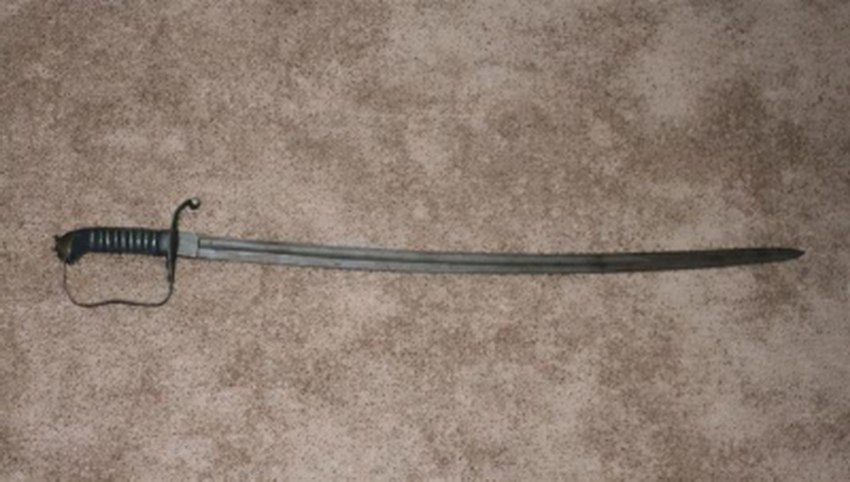
Austrian cleaving saber. This sabre is a kind of sabre used by Austrian cavalry, and was used from 1858 to 1859. The root of this Dao is marked with "F" and the year of "1859". "F" is the code name of the regiment. It is a strong cavalry force in Austria.
The blade of this kind of knife is thick, the blade is thin, the blade is sharp, and the stabbing ability is quite strong. With the help of horsepower, the helmet can be split in two, which is very powerful.
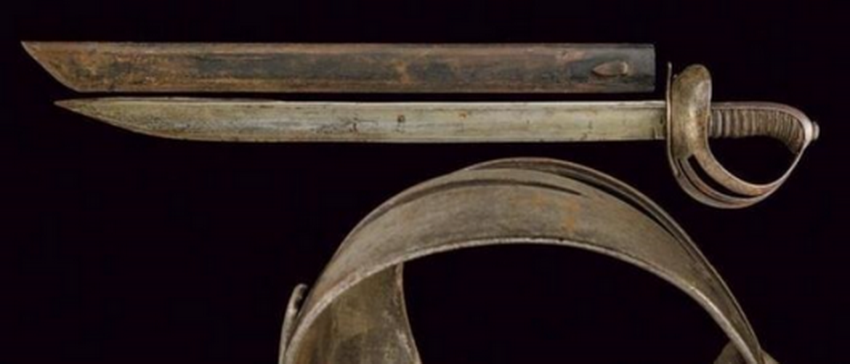
Russian infantry knife
In the middle of the 17th century, Russia became more and more close to the western culture, and the changes produced included management, clothing, architecture and the most important military organization and management. The Russian tsar appreciated the Prussian army training very much. He reorganized and trained a new army according to the Prussian management style. From officers to soldiers, the former image was completely changed.
In 1800, Russian infantry officers began to wear European style short swords, which were called 1786 style. This kind of sword is slightly curved, double edged, and has a heart-shaped brass armguard. The scabbard is made of leather and brass. The later 1796 and 1798 models changed the blade into a straight, single blade, and a double shell upturned armguard. The infantry officer's knife in 1826 was a new style influenced by the French sword. It originated from the model of the French infantry officer's knife in 1821. The knife was slightly curved, with a single blade, and had a horizontal bar and a shell shaped steel plated guard. In 1855, this style was improved again. The infantry officer's knife of 1913 style is very similar to the cavalry knife of 1909.
In 1827, a giant infantry short sword appeared in the Russian infantry knife. The body of this sword is very wide and short. It has a heavy brass guard. Although this sword is very heavy, it is very lethal in battle, but it is not very convenient to use. It was soon replaced by a French Roman short sword in 1834 and 1838.
American infantry knife
In the American Revolutionary War, infantry swords were miscellaneous and diverse. In the army, many people liked to use short sword hunting knives, especially in the North American jungle. Officers wore short swords.
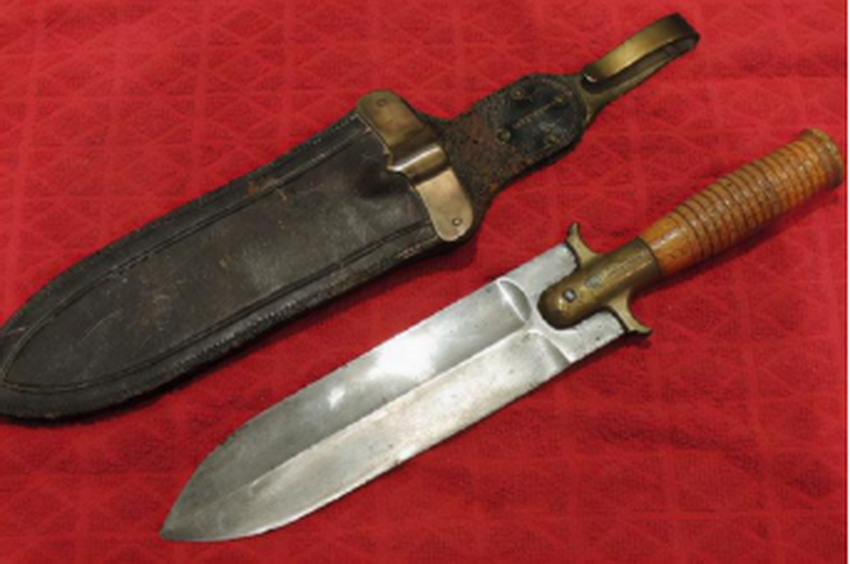
After the Revolutionary War, hawkhead swords were very popular among infantry officers, although many of these swords were made in Britain. Later, a German sword designer came to Philadelphia, USA, and produced many high-quality eagle head swords between 1830 and 1840. There are many sword handles with Indian head sculpture or warrior helmet sculpture at the bottom, which was very popular at that time.
In 1830, an ordinary infantry knife was also produced in the United States. It was a British short sword with a straight blade and a copper plated boat shaped armguard. In 1832, the dagger was equipped for infantry and artillery officers. Later, some new styles emerged, including the militia officer's sword in 1840. This sword has a vulture armguard in the shape of open wings. The bottom of the handle is carved with various sculptures. The blade is straight and double edged. The sword body has various carvings, including flowers, eagles, drums, guns and US letters.
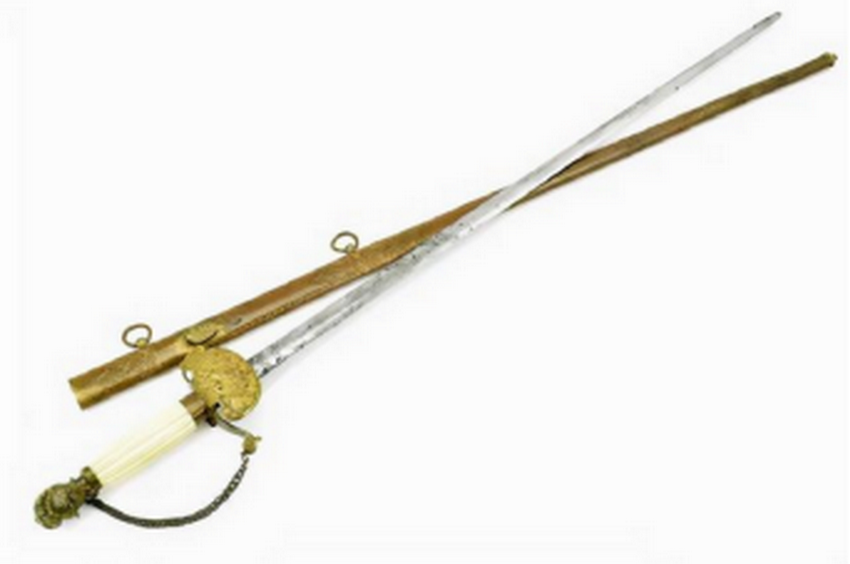
There are many kinds of militia officers' swords, the main difference is the decoration of the sword's guard and handle, and the carving on the blade. Some swords have helmet carvings on the handle, and some have eagle heads. Their handles are mostly made of bone or ivory. The scabbard is made of iron and leather, and some are plated with brass on the iron. Usually, the scabbard has very delicate patterns.
The decoration of the militia officers' swords is more gorgeous. The handles are usually inlaid and carved with gold, silver and copper. At the same time, the blade and scabbard are also decorated with gold, silver and copper. In the design of American infantry knives, there are often swords specially designed for various military departments. For example, the model in 1834 was designed for the management department, the model in 1840 was designed for the engineering department, and a saber was specially designed for the medical department in 1832 and 1840.
In the mid-19th century, the United States issued a new kind of infantry knife to infantry officers. It is called the Infantry Officer's Knife of 1850. It seems to be exactly the same as the French Infantry Officer's Knife of 1845. Its body is slightly curved and has a single blade. As a result of a large number of imports from Europe, many marks of different sword manufacturers can be seen from these Infantry Knives. The scabbard of this kind of knife is generally made of leather and pasted with brass. The handle of many knives is also engraved with the US letter. This style was widely used by the northern army in the American Civil War, while the southern army mostly imitated the sword of the northern army or imported from Europe.
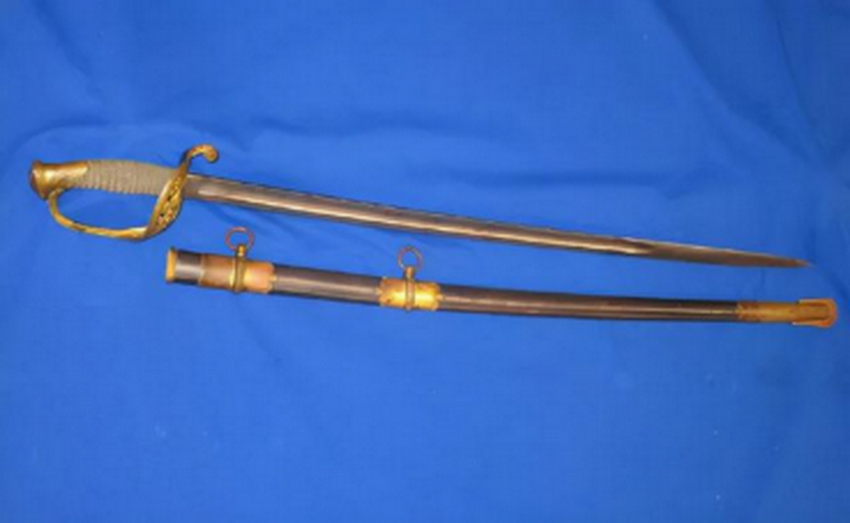
In 1902, the United States designed an ordinary military commander's knife. It is a nickel plated three bar bird head guard. The handle is made of animal horn and is engraved with a hand grip mark. The blade is slightly curved and has a single blade. Many knives are engraved with patterns related to the army. Some are also engraved with the owner's name. The scabbard is also made of nickel plated steel. Today, there are still many such knives in the market, especially those that have been specially processed and decorated, It still has high collection value.
We specialize in OEM & ODM knives. Including Folding knives,Outdoor hunting knives, Survival knives, pocket knife gift, Pocket knives, Flying knives, pocket knife gift, Machetes, Multi-functional knives and Related outdoor accessories products.
We also have a professional design team, can design changes for you, to create more new styles.
Can be customized according to your request any style of knife.
We are the original manufacturer of pocke knife. Our factory has all the above production conditions.
Please feel free to contact us for cooperation, thank you!
